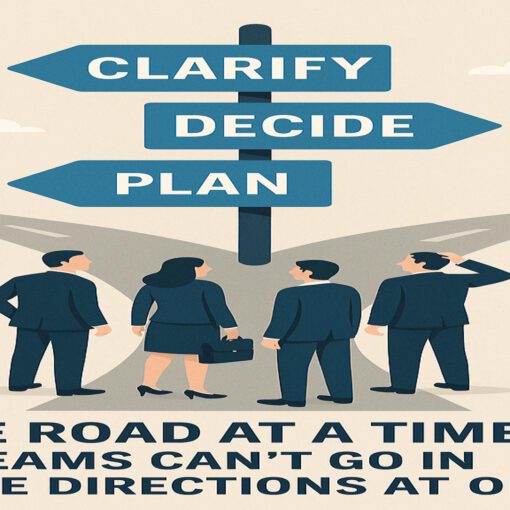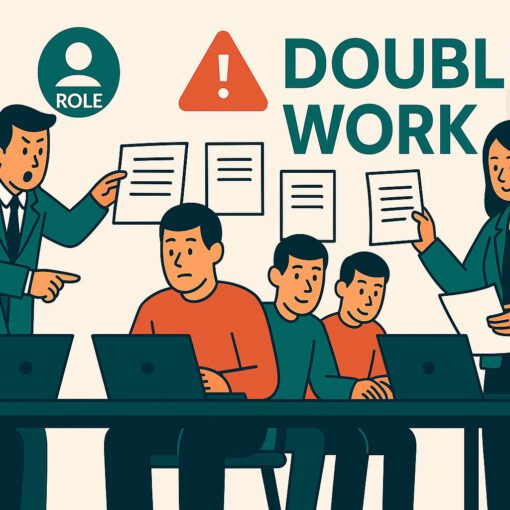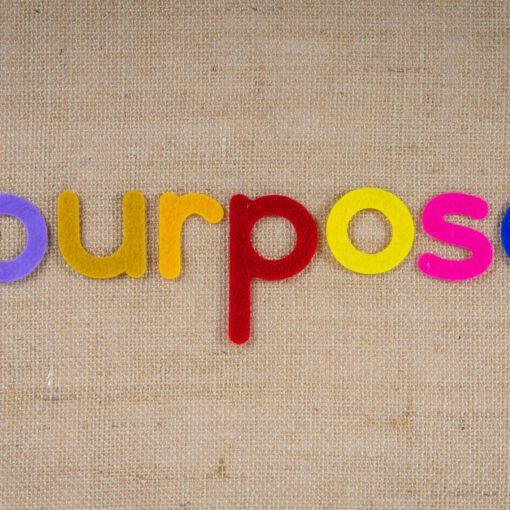For teams to function effectively, two basic skills are essential: the ability to make clear proposals and the ability to build on each other’s input. But how do you develop these skills as a team?
One approach I’ve found particularly valuable comes from Holacracy. It includes a structured meeting method that helps teams practice proposing and building collaboratively. This method is based on consent-based decision-making, which enhances both speed and autonomy—two factors that significantly boost team motivation.
Here’s how it works, in six concise steps for each agenda item (which can be proposed by any team member):
- 📝 Present the Proposal
The proposer briefly explains their idea. A concrete proposal sets the stage for a focused and productive discussion.
- ❓ Clarifying Questions
Team members ask questions to better understand the proposal—without influencing it. This step ensures alignment and shared understanding.
- 💬 Reaction Round
Each participant shares their reaction with the group (not directly to the proposer). This reduces personal bias and fosters collective engagement.
- 🔍 Optional Clarification
The proposer may clarify or adjust the proposal without receiving feedback at this stage. This supports ownership and autonomy.
- 🚫 Objection Round
Any objections are voiced without debate. The facilitator checks whether each objection is valid (i.e., whether it highlights a potential harm or just a non-blocking concern). This helps distinguish between critical and non-critical feedback.
- 🤝 Integration
The proposer and objector collaborate to integrate the objection into an improved proposal. This is where the team is building together.
From experience: this method is well worth trying. And if your team could use some extra support, systemic interventions can help. A team coach or facilitator can guide your team to:
- Recognize and shift limiting interaction patterns
- Develop stronger collaborative skills
For more on this, visit this page on team coaching, check out my other articles, or schedule an exploration call.

Benefits of using this method in your meetings include:
- Turning agenda items into actionable proposals
- Incorporating diverse perspectives for better decisions
- Encouraging active participation from all members
- Enabling proposers to build on feedback and objections
- Strengthening autonomy and motivation
For more tips on team dynamics, leadership, or how systemic interventions can strengthen your team, visit this page
With thanks to holacracy.org for the governance meeting process. You can find a helpful visual guide to the full governance process on their site.




